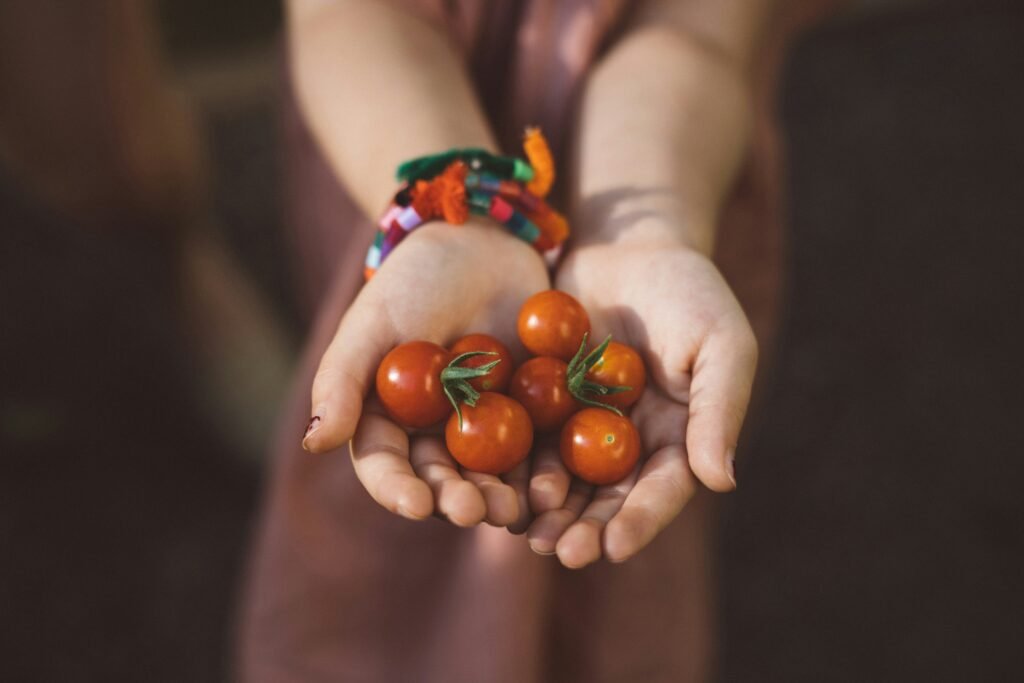Plant What You Actually Eat

It might sound obvious, but plant what your family loves and will eat! The ’70s approach to gardening was all about practicality. If your crew loves tomatoes, plant tomatoes. Don’t waste space and time on crops no one’s going to touch.
Start from Seed, Not Seedlings
Seeds are much cheaper than store-bought seedlings, and in the ’70s, people knew the magic of growing from scratch. Starting from seed also gives you more variety to choose from, meaning you can grow exactly the kind you want, not just what’s available at the garden center.
Reuse & Recycle Containers
Back in the day, yogurt cups, milk cartons, and even eggshells were used as mini planters. Before tossing those containers, think about how they might work for starting seeds. It’s an eco-friendly and free way to get more bang for your buck.
Rotate Your Crops
Gardening wisdom says that rotating crops keeps soil healthy and helps prevent disease. The ’70s gardener knew that mixing up what you grow in each spot each year is a great way to keep pests and soil problems at bay. Plus, it keeps nutrients balanced in your soil, meaning you can get more growth for less input.
Save Your Seeds

Instead of buying new seeds every season, why not follow a classic money-saving tip and save seeds from your own plants? Collecting seeds is free and a fantastic way to keep growing your favorite varieties year after year.
Embrace Composting
Forget expensive fertilizers! ’70s gardeners knew that composting kitchen scraps and yard waste creates rich, nutrient-packed soil. It saves you money and gives your plants a natural, healthy boost. Plus, it’s a great way to cut down on waste.
Get Friendly with Mulch
Mulching was big in the ’70s for good reason: it helps keep weeds down and moisture in, reducing the need for extra watering. You can even use things like straw, leaves, or even old newspapers—whatever you have on hand. Mulch lets nature do more of the work!
Learn to Can and Preserve
The ’70s home gardener was often a canner, too. Growing food is just part of the savings; preserving it means you can enjoy your harvest all year long. From pickles to jams, it’s a skill that makes your grocery bill lighter come winter.
Use Companion Planting to Boost Growth
Companion planting is another old-school trick. Some plants do better together, like tomatoes and basil, or carrots and onions. This pairing approach helps control pests naturally, can boost yields, and maximizes your garden space.
Make Your Own Fertilizer
In the ’70s, folks didn’t run to the store for fertilizer. Try making your own with things you’d normally throw away. Eggshells, coffee grounds, and even banana peels can be composted or added directly to the soil for a nutrient kick.
Collect Rainwater

Why pay for water? Collecting rainwater in barrels or buckets is an easy way to save money and keep your garden hydrated. It’s sustainable, practical, and free—especially if you’re in an area with regular rain.
Grow Perennials for Annual Savings
Perennials are plants that come back year after year, saving you time and money on replanting. Things like asparagus, rhubarb, and certain herbs are low-maintenance crops that you plant once and harvest for years.
Repurpose Kitchen Scraps for Pest Control
Got pests? The old-school gardener didn’t always reach for a chemical spray. For a DIY solution, try using garlic, onion, or chili pepper scraps blended with water to make a natural bug deterrent. Safe for your garden, wallet, and environment.
